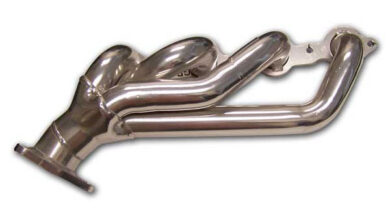How to Choose the Right Welding Material
In today’s industrial landscape, welding materials play a critical role in construction, manufacturing, automotive repair, shipbuilding, and more. The right materials determine not only the strength of the weld but also the safety, cost-efficiency, and long-term durability of a structure or product.
Get to know the different types of welding materials—and how to select the right one—is essential for project success.
What Are Welding Materials?
Welding materials refer to all substances involved in the welding process that help join two or more metal parts. This includes:
- Filler metals (rods, wires, or electrodes)
- Fluxes
- Shielding gases
- Backing materials
- Consumables like contact tips and nozzles
Each material has a specific function depending on the welding method used—MIG, TIG, Stick (SMAW), or Flux-Cored Arc Welding (FCAW).
Types of Welding Materials and Their Uses
1. Filler Metals
Filler metals are essential in most welding processes. They melt and fuse with the base metals to create a solid joint. Common types include:
- Welding Rods: Used in Stick welding; typically coated with flux.
- Welding Wires: Used in MIG and TIG welding, available as solid or flux-cored wires.
- TIG Rods: Non-consumable tungsten electrodes used in TIG welding with separate filler rods.
Different base metals require different filler metals—e.g., stainless steel filler for stainless steel, or aluminum rod for aluminum welds.
2. Fluxes
Fluxes are chemical agents that prevent oxidation by removing impurities and stabilizing the arc. They are either part of the electrode coating (Stick welding), embedded in flux-cored wire, or added separately.
Their function is vital for clean, strong welds, especially in harsh or outdoor environments.
3. Shielding Gases
Used in MIG and TIG welding, shielding gases like argon, CO₂, and helium protect the weld pool from atmospheric contamination. (Read more about MIG vs TIG welding.) The choice of gas affects arc stability, penetration, and weld appearance.
For instance:
- Argon is preferred for aluminum and TIG welding.
- CO₂ offers deep penetration and is cost-effective for steel MIG welding.
- Mixed gases (argon + CO₂) balance cost and performance in semi-automatic welding setups.
4. Backing Materials
In high-precision welding, backing materials—like copper or ceramic strips—are used to support the root of the weld, minimize burn-through, and improve weld quality.
How to Choose the Right Welding Materials
Choosing welding materials isn’t just about matching metal types. It requires understanding your project’s environment, safety standards, and performance expectations.
Key factors to consider:
- Base Metal Type: The filler material must match or be compatible with the base metal to prevent weak joints or corrosion.
- Welding Process: MIG welders, TIG and Stick welding all require different materials and settings.
- Strength Requirements: Some applications demand high tensile strength or impact resistance, which affects filler selection.
- Weld Position: Overhead and vertical welds need specific rods or wires that provide good slag control and puddle consistency.
- Environment: Outdoor projects or jobs in windy conditions may favor flux-cored wires or Stick welding due to better arc shielding.
Common Applications by Industry
- Construction: Structural steel welding with E7018 electrodes or flux-cored wires for bridges, buildings, and pipelines.
- Automotive: MIG welding with solid wires and shielding gas for body panels and frames.
- Shipbuilding: High-strength, corrosion-resistant filler materials used in harsh marine environments.
- Manufacturing: Robotic MIG welding in mass production lines, using spool-fed wires and shielding gases.
Safety and Storage Tips
Improper handling of welding materials can lead to accidents, weld failures, or material degradation. Here are some best practices:
- Store electrodes and filler rods in dry, moisture-free containers to prevent hydrogen-induced cracking.
- Keep shielding gas tanks upright and secured, away from heat or electrical sources.
- Always wear proper PPE (Personal Protective Equipment) when handling or using welding materials.
- Check for manufacturer certifications and compliance with AWS (American Welding Society) or ISO standards.
Final Thoughts
Welding materials are the backbone of any successful welding operation. From selecting the correct filler metal to understanding shielding gases and fluxes, making informed choices ensures project success, safety, and long-term performance.
For professionals and suppliers alike, staying updated with the latest developments in welding materials is essential. If you’re sourcing high-quality welding supplies or seeking advice on material compatibility, consult a trusted welding materials provider to get tailored solutions for your industry.




